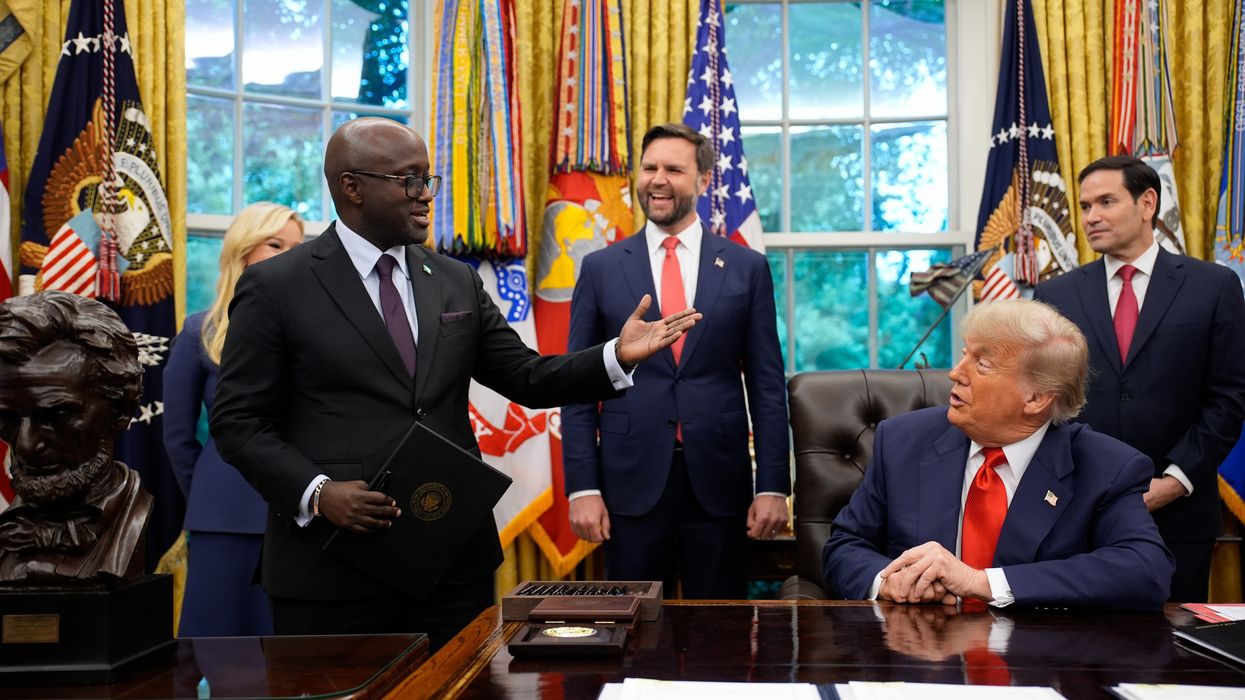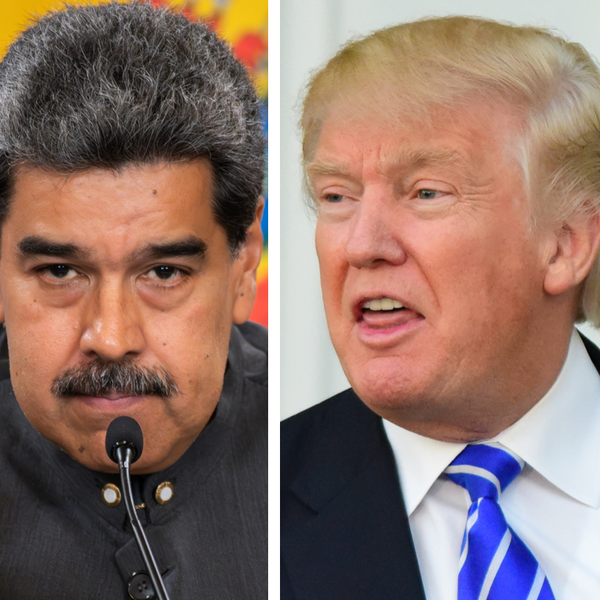Pervez Musharraf, a key figure in Pakistan and the U.S. War on Terror, passed away in Dubai last Sunday due to a terminal illness at the age of 79. This week, he returned to Pakistan from self-imposed exile in a casket. While some Pakistanis have a nostalgic view of Gen. Musharraf as a secular leader who implemented progressive policies, such as liberalizing the media and building infrastructure and at least aspiring to achieve peace with India, others view him as an authoritarian figure who abused his power and suspended the Constitution, leading to an era of violence and terrorism from which Pakistan has yet to recover.
In 1998, Gen. Musharraf was appointed as Pakistan's Army Chief by then-Prime Minister Nawaz Sharif. Subsequently, in 1999, he staged a coup, declaring a state of emergency, thus taking over the role of chief executive. In June 2001, he assumed the title of President of Pakistan. Shortly thereafter, the 9/11 attacks occurred, redefining the relationship between the United States and Pakistan.
During his tenure, Musharraf implemented a number of infrastructure initiatives in Pakistan, including a number of public transportation projects including constructing major motorways, expanding airports, and building up the Gwadar Port on the Indian Ocean. There is still a widely-held view among some quarters of Pakistan’s urban middle-class and elites in cities like Karachi that Musharraf’s rule was a boon for the economy. But his March 2007 decision to suspend the Chief Justice of Pakistan’s Supreme Court, Iftikhar Muhammad Chaudhry, sparked widespread protests and spurred the Lawyer’s Movement which quickly gained momentum. In order to maintain his position, the United States pushed Musharraf to come to a mutually beneficial power-sharing agreement with opposition leader Benazir Bhutto of the Pakistan Peoples Party, thus transitioning to a more democratic arrangement. This process ultimately failed, and it has been alleged by critics that Musharraf was involved in Bhutto’s assassination in 2007, as well as the death of Baloch nationalist leader Nawab Akbar Khan Bugti in 2006.
Musharraf ultimately resigned as president in 2008 to avoid impeachment, while the U.S. found its hands tied as it lost a familiar, albeit sometimes disappointing partner, in the War on Terror. His political career never recovered.
In 2016, Musharraf left Pakistan for the last time to live in self-imposed exile in Dubai. In 2019, a special court found Musharraf guilty of high treason for suspending the Constitution in 2007 and given a death sentence. A month later, however, the Lahore High Court overturned the ruling. Musharraf spent the remainder of his life in Dubai.
Pakistanis will ultimately determine Musharraf’s legacy in their country. From Washington’s perspective, Musharraf is most widely understood as a reluctant participant in the U.S.-led “War on Terror.” In the immediate aftermath of 9/11, the Bush administration gave Musharraf an ultimatum to support its fight against the Taliban and al-Qaeda or risk Washington’s wrath, while Musharraf urged the United States to include some Taliban leaders in its political plans for Afghanistan to avoid a drawn-out war. Nevertheless, the two countries developed a security partnership when it came to terrorist groups of mutual concern, such as al-Qaeda. As a result, Pakistan was designated a major non-NATO ally in 2004.
As the war progressed, Musharraf lost favor in the Beltway because he was viewed by many in Washington as a double-dealing figure, providing assistance to NATO forces on one hand, and offering sanctuary to the Taliban on the other. But, under Musharraf, Washington also was often afforded direct access to Pakistan's generals during its war in Afghanistan without the hold up of dealing with civilian rule, public debate, or politics. Washington became accustomed to this expedience. This is the part of the story that is often left out. Would the early concessions extracted from Pakistan, such as use of its airspace, ground routes, and in some cases its bases, have occurred under civilian leadership, and with such speed? Perhaps not. Musharraf’s reign marked the beginning of one of the most tumultuous periods for Pakistan and U.S.-Pakistan relations. His legacy, both good and bad, will likely be felt for years to come.
















